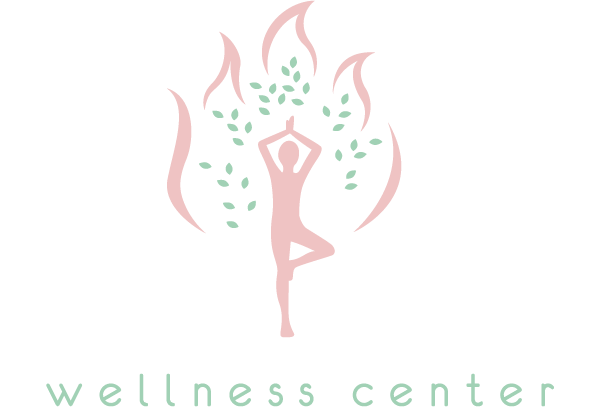Caffeine-More than Meets the Lips
Caffeine....
I hear A LOT of comments on caffeine due to my 14 years of running an active Coffee and Tea House. In our current American culture, caffeine is over-used and under-monitored. With this, the benefits of small amounts of green or black tea used in combination with other herbs, flowers, and super-foods are often ignored. We have been trained to either seek out caffeine or run from it. I am hoping to give you a few facts today that will help you to investigate WHY caffeine is present in many of the things you consume.
Caffeine was first discovered in tea in 1827. It was later shown that the caffeine of tea was identical with the caffeine of coffee. While the caffeine in tea and coffee are, technically, identical, the experience is different due to three key factors:
1. There is significantly less caffeine in the average cup of tea - especially when including green and white teas brewed at shorter times and cooler temperatures.
2. L-theanine, an amino acid found only in tea, reduces stress and promotes relaxation. It works with caffeine in a synergistic way to calm the body without reducing caffeine alertness.
3. The high levels of antioxidants found in tea slow the absorption of caffeine - this results in a gentler increase of the chemical in the system and a longer period of alertness with no crash at the end.
The biggest myth about the caffeine content between coffee and tea is that tea contains more caffeine than coffee. While this is true when measuring coffee and tea in their dry forms, this is false when comparing brewed coffee and tea. Generally, one uses 2 grams of tea per 8 ounce cup, and 10 grams of coffee for the same quantity of water. A widely cited 2004 British study looked at 200 cups prepared by consumers going about their normal brewing routines. It found that the average caffeine level in the cups of tea (black English style teas) was 40mg vs 105mg in the average cup of drip coffee.
The amount of caffeine in coffee or tea depends on a number of factors, including the method and length of brewing or steeping. With tea, studies also show that leaf location on the tea plant affects content of caffeine in that tea. The youngest leaves, highest on the plant, contain the greatest concentration of caffeine AND antioxidants.
The greatest impact on caffeine content is the water temperature and length of steeping time.
With the progression in Hand-Crafted teas and tisanes, we see Black and Green tea added to enhance, compliment, or round-out acidity, the presence of anti-oxidants, to bring the properties of “cool” or “neutral” to a preparation, and to add a “sparkle” or “dryness” to the drink. It is so exciting to hear about many teas being focused on a general health benefit AND to be synergistically intended to give a full taste experience to the mouth and tongue. In Eastern medicine, the taste of dry, bitter, and sour have healing possibilities for the body.
So, with all of this said-I challenge you to start reading labels and asking questions. Maybe some of the items you are consuming have sneaky amounts of caffeine that could work counter to your wishes. Better yet, its possible many items may have small amounts of caffeine that can treat your mouth and body!
*Stats taken from Adagio teas.

